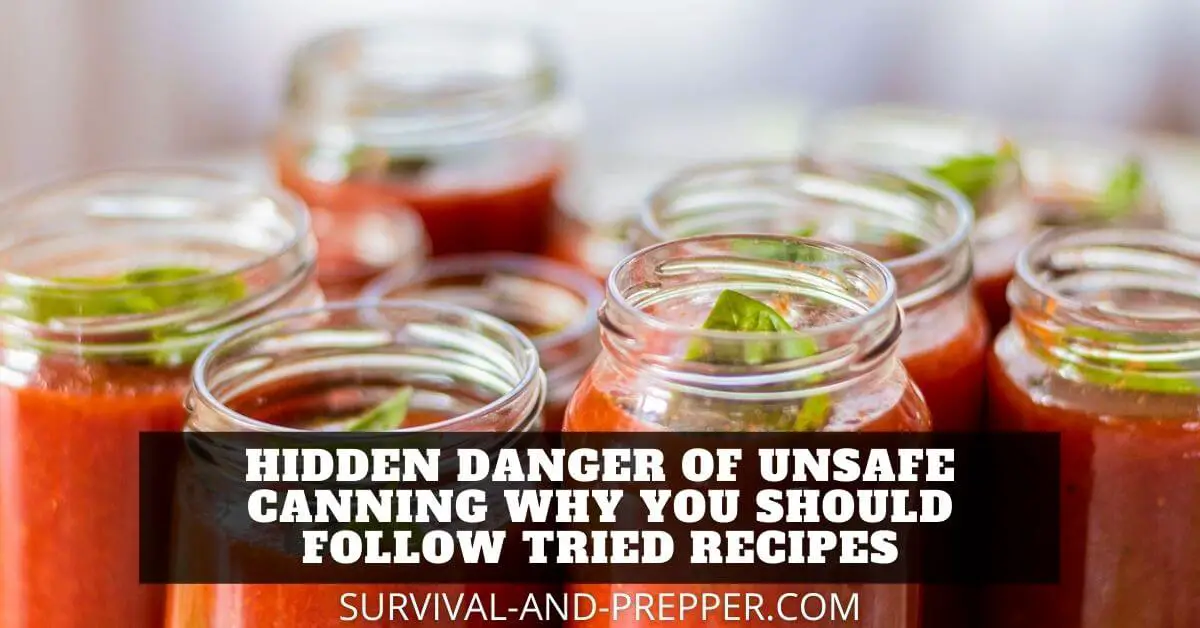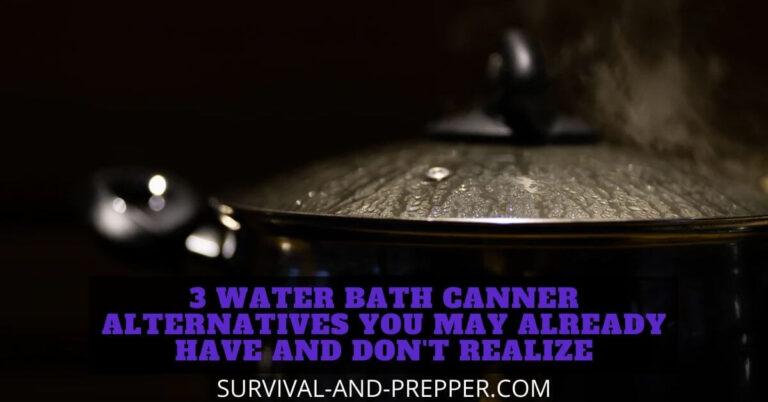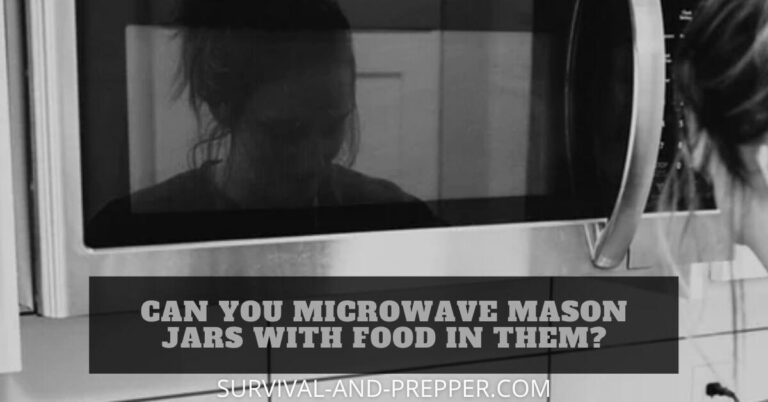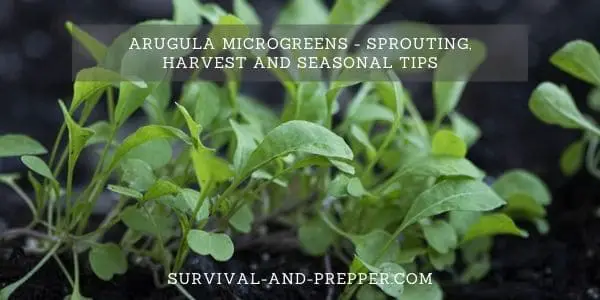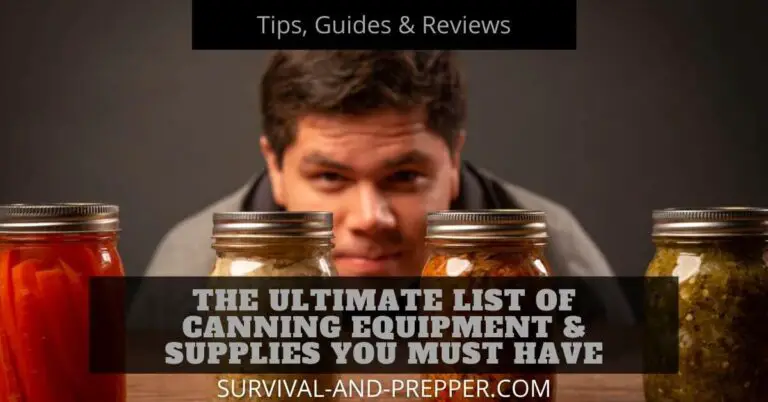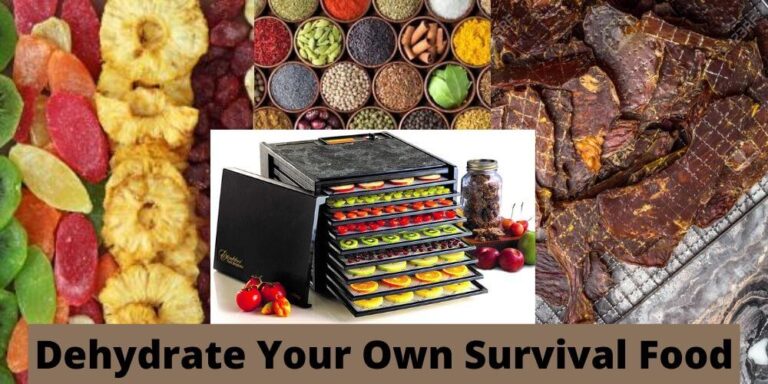Hidden Danger of Unsafe Canning Why You Should Follow Tried Recipes
The main danger you face when canning is potential food poisoning. The most common cause of this is Botulism. This occurs when a bacteria is found in most foods is packaged in a low oxygen environment. The bacteria releases spores that emit a dangerous toxin. Proper canning procedures can eliminate this risk.
I Can Get Food Poisoning from Canned Foods?
While food poisoning can stem from many things, most often it is from bacteria such as Salmonella, E Coli and in the case of canning Botulinum.
Most people are familiar with Salmonella and E Coli. They are aware that you need clean food preparation surfaces and proper cooking techniques in order to combat these two dangerous bacteria.
However, many people do not consider vegetables to be at risk for these two bacteria as they are more commonly associated with meats. It is often considered enough to simply rinse off a vegetable and enjoy it raw.
However, there is another far more common bacteria that is often present in both soil and untreated water. That is Clostridium Botulinum or just Botulinum.
While this particular bacteria is normally non harmful. Given certain conditions, Botulinum can begin releasing spores that create a dangerous toxin which if consumed can lead to Botulism, a potentially fatal illness.
Canning Was Safe for the Pioneers, Why Not Now?
Canning is still a very safe way to store your food. However, some things have changed since the pioneering days.
First while medical knowledge has improved, in many cases natural resistances have decreased slightly. But that is a different discussion.
The main change we are discussing is the way food has changed. In today’s society there are so many more varieties of foods than available during the pioneer days.
Take for instance tomatoes. While there may have been several varieties available to the average person in the early 1900s, there are estimated to be more than 10,000 tomato cultivars in today’s society. Nearly any of which can be simply ordered off of the internet with the click of a button.
This change in types of food has some effect on how you need to process your canning recipes.
Acid content has changed as well as numerous other characteristics often this can be modified by the addition of vinegar. Recipes need to be adapted in their quantities and ingredients to safely meet these changes as well. However, many people don’t have the equipment to scientifically test these new recipes.
How Do I Know a Canning Recipe Is Safe?
You can find many safe recipes online. Resources such as the:
Feature safe recipes on their sites. The recipes we post here on survival and pepper are usually produced using these same procedures.
While you should be following the guidelines within these recipes such as ph level, temperatures and cooking times it is possible to adjust the spices to meet your tastes.
Conclusion to the Danger of Unsafe Canning
While I did not go into depth on the details related to botulism, it is sufficient to understand the danger of unsafe canning procedures. If you want to know more details on Botulism check out this detailed explanation by the CDC.
Following known and tested recipes is the safest way to ensure your foods are processed in a safe manner. Keep in mind that along with unsafe procedures damage to jars such as rusted rings can also pose a danger.
However, with care and proper technique you can enjoy canned foods all year long with little to no risk from these dangerous bacteria.
If you found this article interesting or are thinking about getting involved in canning yourself then check out our guide on the canning equipment you should have.
